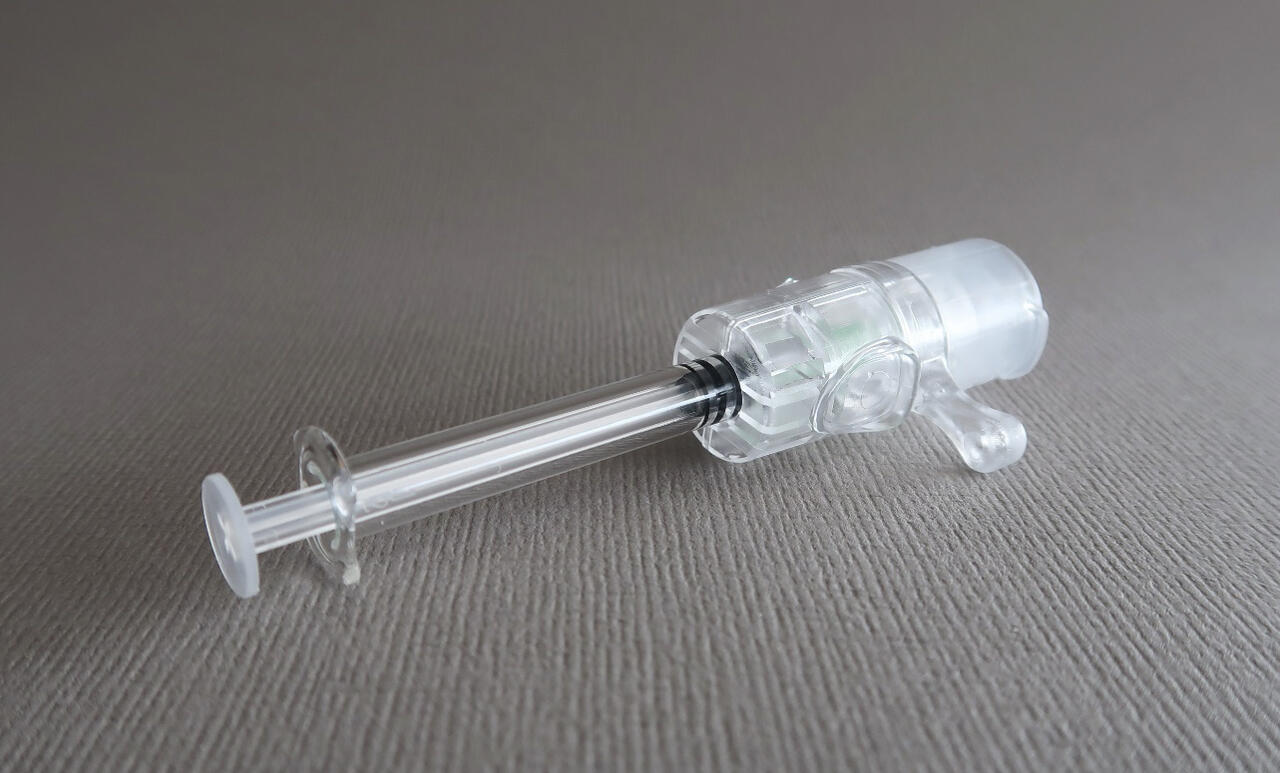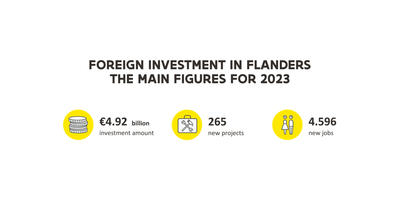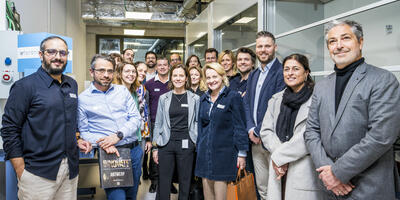
More efficient vaccine delivery device by Idevax (Flanders)

University roots
The first steps toward Idevax’s solution were taken around 2010 at the University of Antwerp, one of Flanders’ top-notch universities. At the time, the swine flu was spreading with the potential of turning into the pandemic that many had been fearing for decades. Suddenly, it became very important to be able to vaccinate on a large scale, with limited availability of doses.
In this context, Antwerp vaccinologist Pierre Van Damme pointed to the scientific literature on an alternative injection method. If a vaccine is administered into the skin (intradermal) rather than the muscle (intramuscular), one dose produces the same immune response 5 to 10 times longer. Why? An intradermal vaccine comes into direct contact with a variety of immune cells, while an intramuscular vaccine must first make its way to the lymph nodes. Due to this ‘travel effect’, the vaccine loses strength.
From academic project to business potential
So why aren’t we already vaccinating intradermally on a large scale? Because it is extremely difficult to carry out such precise work. The only way in which it is possible to inject between skin layers, for the time being, is through the Mantoux method. This involves a specially trained health care provider using a needle to penetrate the skin at an oblique angle, tearing part of the epidermis.
That’s why Van Damme presented the University of Antwerp’s product development department with the challenge of developing a new method that could help make intradermal injection widely applicable. Driven by product developer Koen Beyers and innovation manager Vanessa Vankerckhoven, who would go on to cofound Idevax together, this project laid the foundation for a new medical device: VAX-ID.
VAX-ID combines ease of use for healthcare providers with virtually painless administration.
Down to the millimeter
The solution uses a classic syringe to draw up a (small) vaccine dose. Afterward, the syringe is plugged into a VAX-ID, a round plastic ‘foot’ containing a micro-needle. This part of the device is pressed onto someone’s forearm, after which the round shape and pressure push the skin slightly upward. Pressing the syringe then triggers a click system which gives the micro-needle enough speed – 2 meters per second – to penetrate the skin precisely 1 millimeter.
“That’s the ideal depth for any skin type,” says Vankerckhoven. “If you go deeper, you risk ending up in fat tissue, which would soak up the vaccine like a sponge. But if you aim less deep, the needle might not get into the skin.”
COVID and monkeypox
Tests with the hepatitis B vaccine show that Idevax’s intradermal delivery method works flawlessly. Using a much smaller vaccine dose, it triggers the same protection levels as intramuscular vaccination. Based on this and other evidence, Idevax wants to obtain product certification and prove that the method represents a major efficiency gain for other vaccines as well, particularly for COVID and monkeypox.
“We’re approximately 10 months away from market launch,” Vankerckhoven explains. “However, both the governments of Flanders and the US are looking into ways of speeding things up. Through the use of special emergency procedures – as was the case for developing and testing the COVID vaccines – our intradermal drug delivery method could become deployable even earlier.”
“Carrying out broad clinical testing and large-scale production does require additional capital first,” Beyer adds. “Clinical testing costs a lot of money. We have already invested EUR 5 million in Idevax up until now. For the next phase, we are currently preparing a capital round for a similar amount.”
Examples abound
Idevax is just one of the many start-ups, scale-ups and other businesses that make Flanders’ ecosystem for life sciences & health so successful. Want to unravel this ecosystem in a virtual yet interactive way? Head to the Flanders360 platform and discover 300+ successful companies, universities, R&D centers, incubators and other players active in Flanders’ life sciences & health industry.
Alternatively, check out our industry overview to learn more about the available tax, legal and other incentives for establishing your life sciences & health hub in Flanders.


